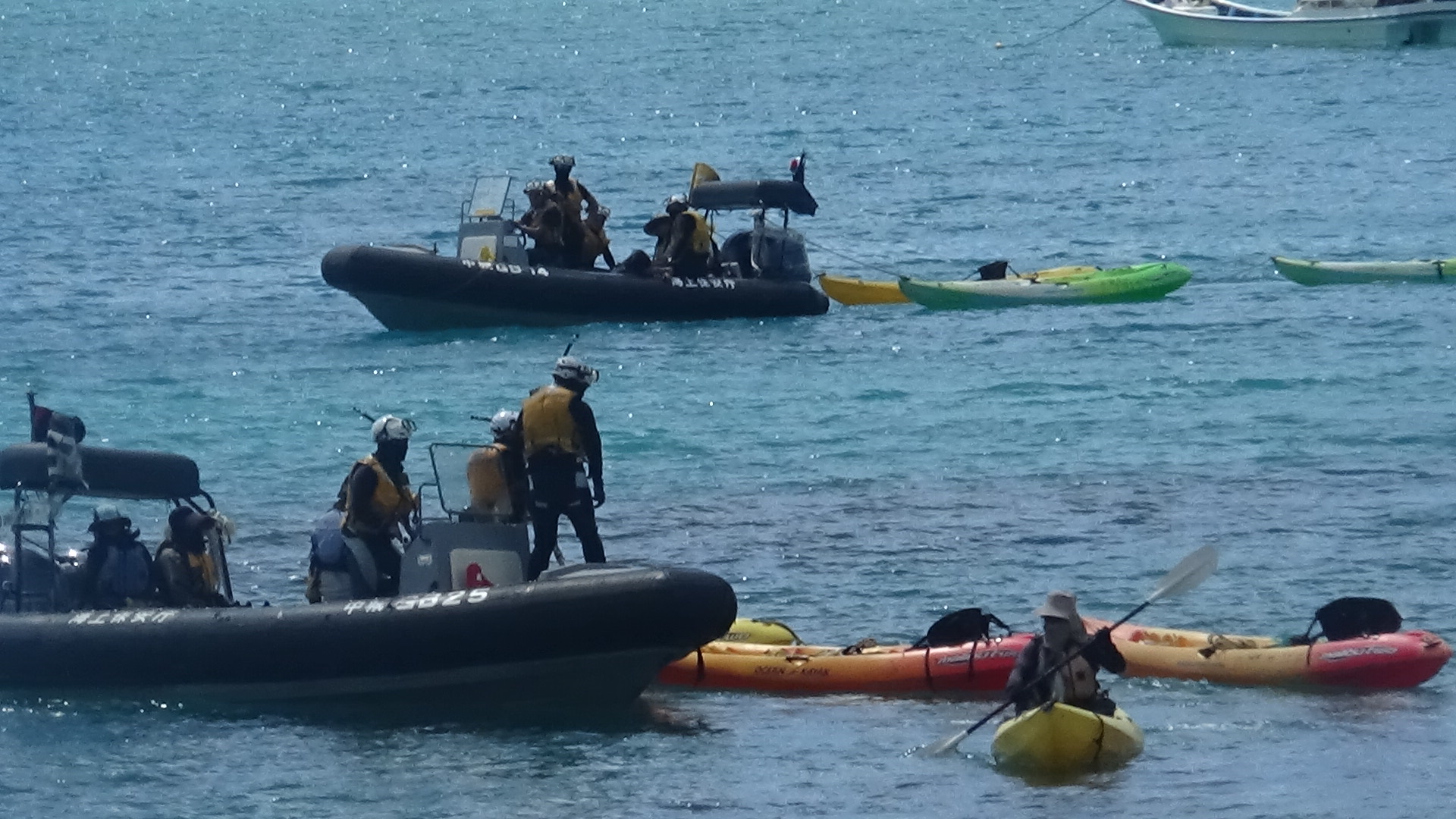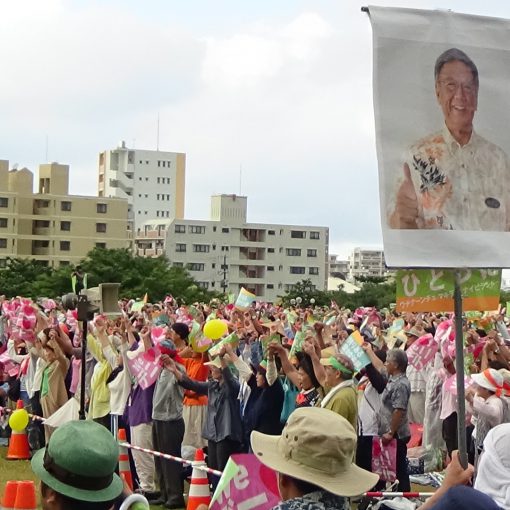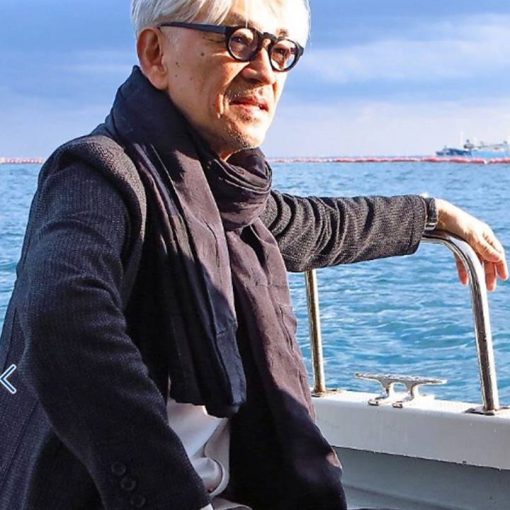(In Front of the Gate)
Under a glaring sun, protest action was waged persistently at the gate. Scores of people who belong to the groups visiting from Yokohama and Fukuoka participated in the sit-ins. While the riot police forcibly removed them one after another, they did not stop shouting the protest chants.
A participant from Fukuoka said, “When I saw the land reclamation site with my own eyes, I felt tears welling up. People should be aware that a human being is part of the whole nature. “, and “The scale of the construction is much bigger than I imagined. I feel deeply frustrated to think that our tax money is being used to pay for the gravels to be thrown in to the sea.” Three convoys consisting of the total 170 trucks made delivery of construction materials into the base today.


(Protest in front of the Piers)
At the Pier in Shiokawa the transportation was stopped in only 2 hours after 127 dump trucks with the earth and sand entered into the gate.
At the Pier in Awa the protest was orchestrated both on the sea and at the gate. The ten canoes of the canoe team slipped into the gap between the transportation ship and the pier and successfully blocked and delayed the departure of the vessel. Some people found that the sea turned red with red soil spilled out of the barge used for the transportation for the landfill. We made a strong protest against the officials of the Okinawa Defense Bureau demanding to take action to correct this wrong doing. Due to partially the malfunction of the belt conveyor the uploading operation was delayed. Today the two ships loaded with earth and sand transported by 401 dump trucks departed from the pier.


(Others)
It became revealed that the Okinawa Defense Bureau had disclosed their expected unit price of earth and sand used for the land reclamation work in Henoko to bidders before the public bidding. Act for the Prevention of Collusive Bidding at the Initiative of Government Officials strictly prohibits that the public officials should disclose the price to the companies concerned in advance. Critics point out that usually there is no instance for the public work that the price of the materials has been made public before the bidding and that the disclosure in this case could violate against the Act for the Prevention of Collusive Bidding at the Initiative of Government Officials.
The final contract price of the earth and sand was set as 28.3 billion yen.
The price of 5,370 yen per cubic meter is approximately 1.5 times more expensive than the average market price, which makes the situation much more controversial. The collusion between the Ministry of Defense and the major general contractors is hardly new. It is widely known that many senior officials of the ministry often parachute into important private sector’s jobs after their retirement and function as a profitable liaison for their new employer by acquiring useful information easily from the ministry.
Henoko land reclamation expenses are expected to reach more than 1 trillion yens. How many expenses are over-budgeted, how much of it could or would be gifted to politicians by the contractors as business contributions – nobody knows.






